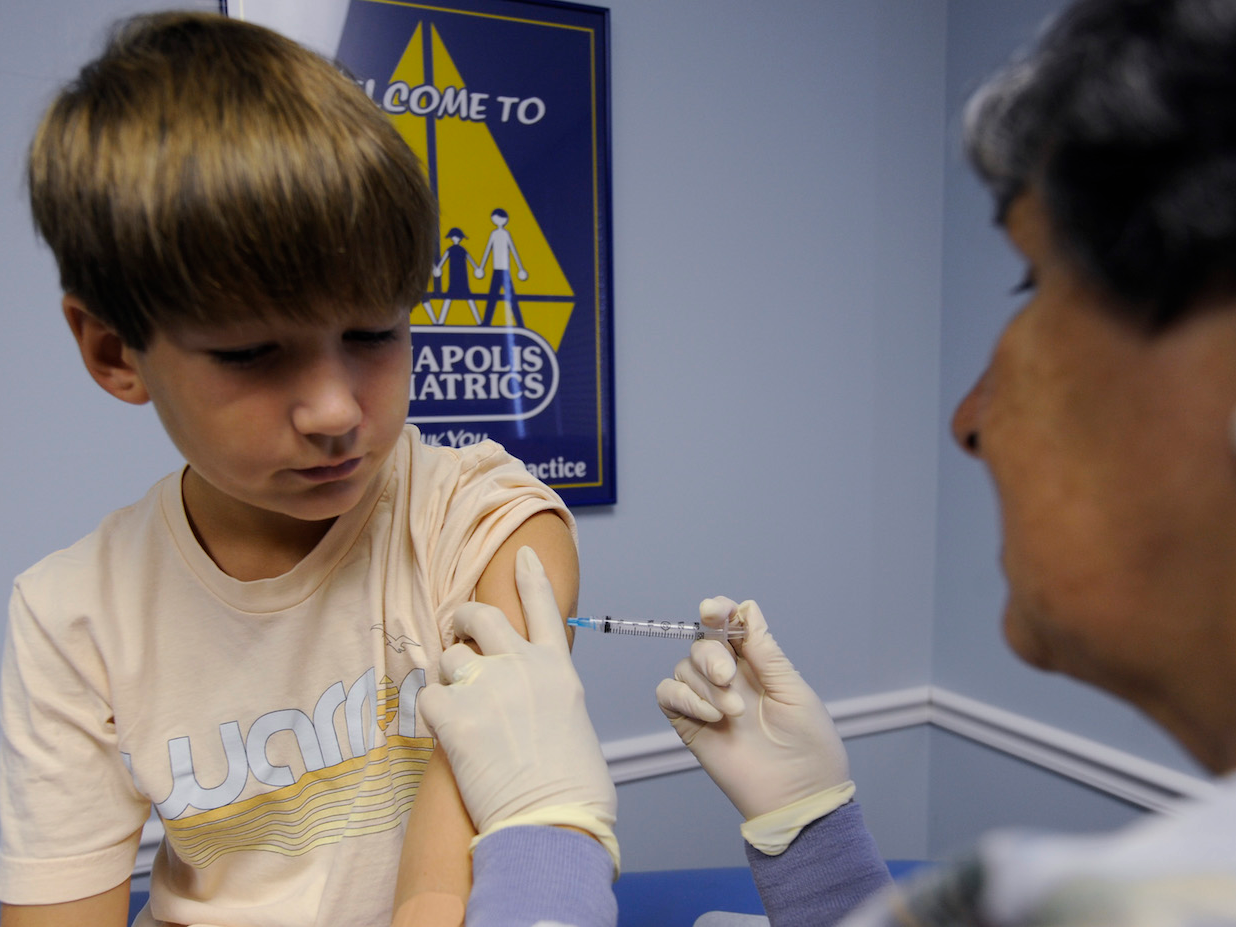Flu experts agree that the 2017-18 flu season may not be a full-blown pandemic, but it sure is nasty.
The flu is widespread across 48 US states right now. Scientists at the Centers for Disease Control and Prevention say doctors have been seeing as many patients as they did at the height of the 2009 H1N1 flu pandemic.
The epidemic this season is not at pandemic levels, but it has been especially tough on baby boomers. CDC officials say that could be in part because they weren’t exposed to this year’s most aggressive H3N2 strain as children.
It’s nearly impossible to predict how this flu season will end, as flu viruses don’t follow predictable models from year to year.
Still, there are a few simple things to do to stay healthy and safe. Here’s what you need to know.
It's been a season of horror stories about the deadly flu. The Centers for Disease Control and Prevention called this the worst season since the 2009 swine flu.
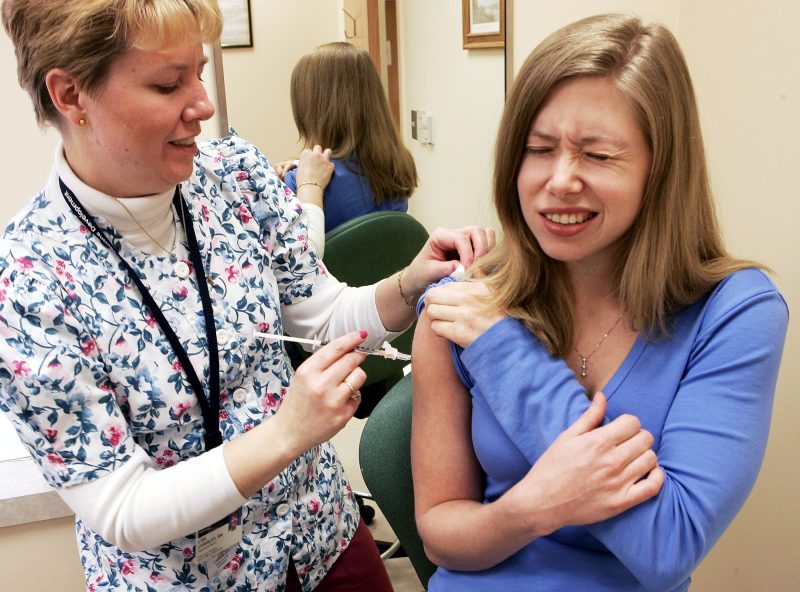
Eighty-four children across the country have died from the flu this year, and experts think the real number could be double the total in official reports.
In California, at least 185 people under the age of 65 have died. As of early January, most of those deaths were unvaccinated adults, the state's Department of Health told Business Insider.
Flu shots are less effective this year than they've been in the past, but the vaccine can still help.

It's true that the flu vaccine is not as effective this year, largely because it doesn't protect as well against the H3N2 strain, which is everywhere. A study by the Centers for Disease Control and Prevention released Thursday said the vaccine is about 36% effective this year, and only 25% effective at combatting H3N2.
It's still a good idea to get vaccinated if you haven't, though, because the shot is more effective at preventing other strains of the virus, such as the influenza B strains. In addition to lowering the likelihood that you'll contract the flu, the vaccine can reduce the intensity of your illness if you do catch it. Flu season can last into May, so if you haven't gotten your dose yet, it's not too late.
A 2017 study found that a flu shot could significantly reduce a child's likelihood of dying from the virus.
Pregnant women are especially encouraged to get flu shots because they're more likely to be hit hard by the virus. And there's some evidence that if a pregnant mom gets the shot, that can protect babies in their first months of life, when they're too young to get the vaccine.
It's been deadly, but this season is not a pandemic.

Flu viruses can shift rapidly, making them harder to vaccinate against and tough to predict from year to year. That's part of the reason drug makers have struggled to come up with a "universal" vaccine for the flu that would protect you for life.
What counts as an "epidemic" changes a little from season to season - and even week to week - but the CDC's latest numbers indicate we've reached epidemic levels, meaning the flu is spreading quickly and leading to more fatal cases than usually expected. In the final week of January, 10% of all deaths across the country were attributed to flu and pneumonia, well above that week's epidemic threshold of 7.3%.
Though flu levels are still high in 48 states, the CDC's flu chief, Dan Jernigan, says there are signs it has already peaked in some spots.
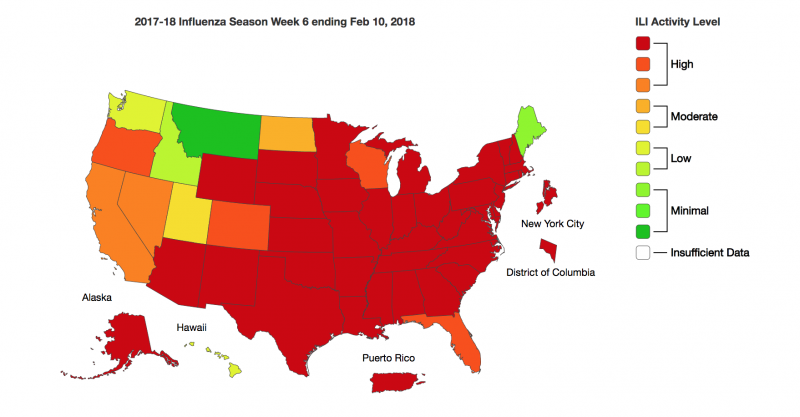
Experts say that what's been especially unusual about this 2017-2018 season is that the flu is hitting everyone at the same time.
"We often see different parts of the country light up at different times, but for the past three weeks, the entire country has been experiencing lots of flu all at the same time," Jernigan told reporters in late January.
Pandemic flu happens "when a new flu virus emerges that can infect people and spread globally," quickly, and efficiently, the CDC said.
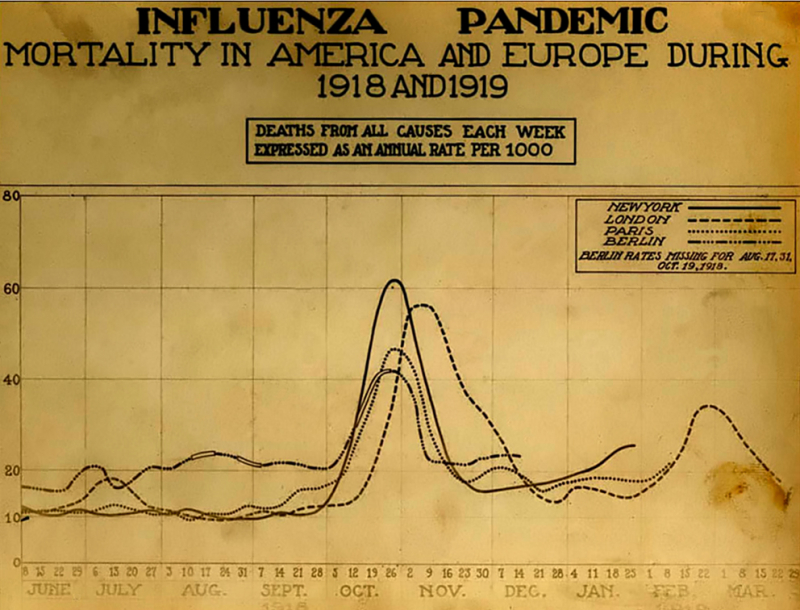
The flu reaches epidemic levels (like we're experiencing now) at some point every season. But pandemic flu levels are even more dangerous.
Long before the 2009 swine flu pandemic, the deadly 1918 Spanish flu spread around the world, infecting about one in every five people and killing as many as 50 million. That's more casualties than in World War I.
This year is proving to be a tough one for some baby boomers.
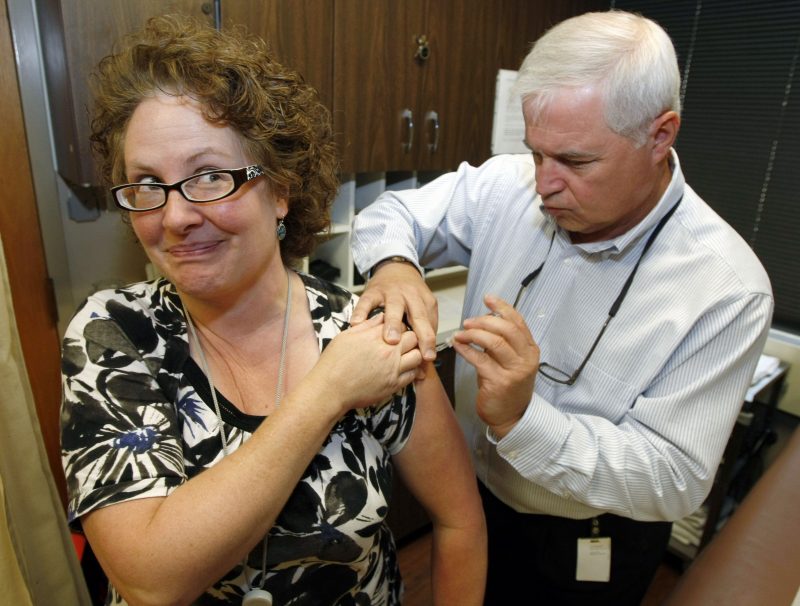
People from 50 to 64 years old have the second-highest hospitalization rate in the US after elderly people. They're sicker than kids up to age 4 this year, which experts say is unusual.
Coming down with the flu can also increase your risk of heart attack sixfold, a new study found, because it puts more stress on your system and can increase inflammation. Plus, "when you get an infection, your heart is beating faster," Jeffrey Kwong, the study's lead author, told Reuters.
For older adults, there's the more potent higher-dose Fluzone vaccine, as well as Fluad and Flublok, which also pack an extra punch.
As many as 56,000 people die from the flu every year in the US, the CDC reports, many of them older with compromised immune systems.
People with the flu can be contagious the day before they start showing signs — meaning they don't even know they're spreading the virus around.

Scientists say influenza can incubate in the body for one to four days before a person shows any signs of getting sick. That means you can be contagious and not know it, as the CDC points out. And some people can spread the virus around without showing any symptoms at all.
Stay 6 feet away from people with the flu.
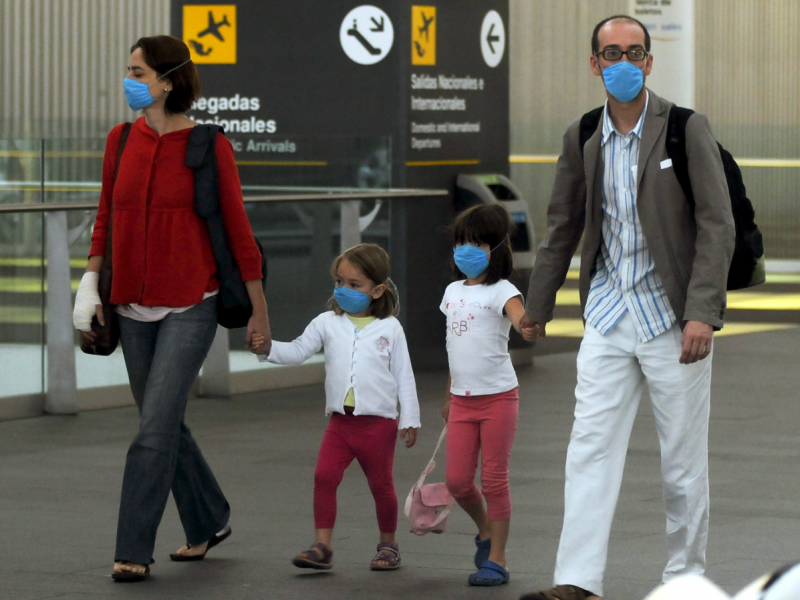
Person-to-person transmission - from talking, coughing, sneezing, or even just breathing on someone else - is more likely to cause an infection than simply touching a surface with some flu virus on it and then reaching for your nose or your mouth.
Dr. Patricia Salber says the flu virus can persist on hard surfaces for up to 24 hours but survives only about 15 minutes on tissues.
Everyone's "viral load" is a little different, but you tend to spread germs the most in the first two or three days of the illness.

It's important to wash your hands and avoid touching your face too much this season to fight the spread of the germs.
New research published in the Proceedings of the National Academy of Sciences this month found that the flu could spread among people who are just breathing.
Jovan Pantelic, one of the researchers behind the study, said some people could "exhale or cough high quantities of live virus particles - up to 1,000 in 30 minutes."
"When we consider that an infectious dose is just one virus particle, this means that potentially 1,000 people can be infected in short order," he said in a statement.
Cold snaps could be to blame for more flu, too.

A team of researchers from the National Institutes of Health tracked decades of flu epidemics and found that the upticks lined up almost universally with drops in air humidity.
But boosting the humidity in your home isn't a cure-all.
While the flu bug may thrive better in cold, dry air, "there are other pathogens, such as pathogenic mold, that thrive at higher humidity," Jeffrey Shaman, the study's lead author, told the BBC.
Most people who get the flu don't need to see a doctor. If the illness is diagnosed in the first 48 hours, prescription drugs can help make it shorter and milder.

Many people coming down with the flu can stay home and wait it out with the help of liquids, over-the-counter drugs, and a heavy dose of sleep.
But when prescribed quickly, drugs like Tamiflu can help shorten the illness. There have been some isolated shortages reported at pharmacies in cities like San Francisco, New York, and Atlanta, so it's best to call ahead.
If you do get sick, there's one simple way to know whether it's safe to head back into the world.

Experts say you can head back to work or school when you've been fever-free for a full 24 hours.
Typically, people have the flu for about a week, but some people can stay sick with the illness for up to two weeks, and kids can often be contagious for more than seven days with symptoms like fever, chills, congestion, fatigue, cough, and general misery.
Even dogs aren't immune to this year's flu.

The canine flu can't spread to humans, but it can leap from dog to dog pretty easily.
Some pet owners vaccinate their pooches with a flu shot, but many vets say it's better to monitor your dog for signs of sickness, as the illness isn't usually deadly and is not widespread in the US.

